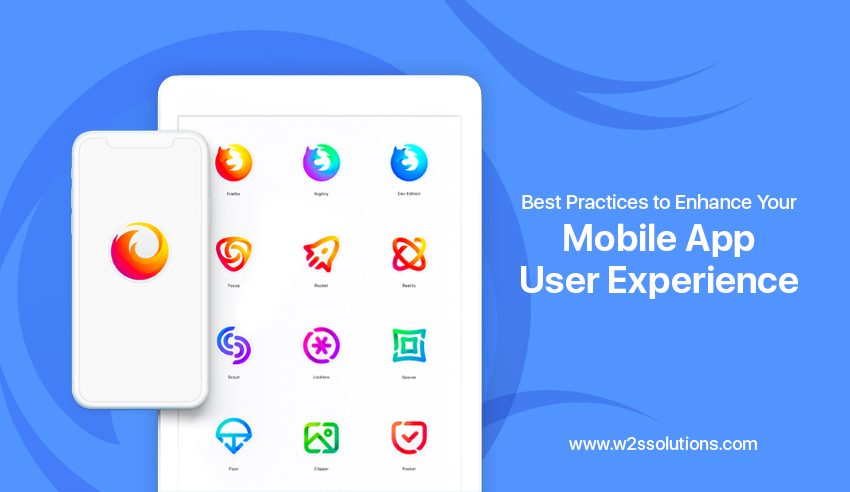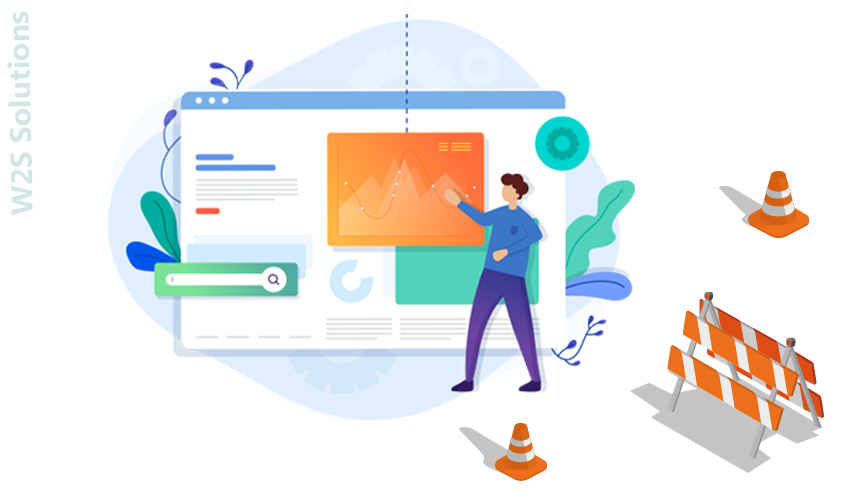Enhancing your mobile applications user experience is of uttermost importance these days if you want to be in the market. Through this article, we are going to discuss some of the practices that you need to follow and some that you need to avoid for improving the UX.
Introduction
The number of mobile apps available these days on the various app stores are quantified in millions. If you think you have an idea for your mobile app, which is completely different, unique and has not been implemented to this day, then there is a huge possibility that you are wrong.
There is almost everything available in the form of mobile apps. Now, if you wish to come up with something that makes your mobile app the best among the competitors and to be successful in the market, there is only one thing that could help you achieve this and that is User Experience (UX).
Any mobile app development company, before initiating the development process, needs to understand that the mobile app development process itself is for the users and it starts and ends with the user only. The only difference between a successful mobile app and an unsuccessful mobile app is the UX.
There are many points that you need to keep in mind so as to improve your mobile apps UX. Some of thus best practices that will help you in enhancing the mobile app UX have been given down below.
What Improves UX?
Opting for anything which is simple, native, easy to use, easy to understand and error-free could improve the UX of your mobile application. Some such enhancement points can be –
-
Using Native Components
By the use of word native, we mean to use the components which are native to the user’s device. Trying to do things in a unique way can sometimes complicate the things for the user and thus they will end up uninstalling the app. Native components are a good option to use because your users are already familiar with it. They already know these elements and thus it is easy for them to use.
-
Keeping the Design Simple
Having a simple design for your mobile app UX is very vital because not all of the users are equally mobile-friendly, there are some who may don’t have enough knowledge about using different apps. Simple designs will make things easy for such users. Also, many users find the complicated designs as to be the obstacles especially when the time taken by their app is delaying, longer than the user’s expectations. Thus, this leads to frustration, which ultimately affects your mobile app ratings.
-
Maintaining the Level of Consistency
More frequent the level of consistency in your mobile app design, more will be the consistency in the UX. Consistency in designing gives the users a feeling of using the same application which they are already familiar with.
-
Adding the Search Feature
When your user is not able to find the product or service that he or she may have been looking for, then there are chances that they will search for the same product or service on the other similar apps instead of yours. Adding an in-app search option will help the users to search for the desired products or services as per their needs.
-
Using Animated Transitions
Animated transitions can give a whole new look to your native mobile app. This is also a great way to create a smooth flow for navigating from one page to another. But it is important to use them effectively and not to overload the mobile app with animated transitions. Using more than two animated transitions is not at all a bad idea.
-
Zero Error Functionality
Users usually don’t go along well with mobile apps with poor functionality error issues. More than 20% of users stop using certain applications because they are not able to meet their desired expectations in terms of functionality. So, it is very important to offer mobile relevant functionalities to improve the overall UX.
-
Limiting the User Input
The data that you will require from the user, i.e., either registration details or the billing information at the time of checkout, has to be as minimum as possible. That should only ask for the required information. As this gets very much irritating for the user to enter a lot of details from a small keyboard and that too engaging in such a small screen.
-
Assuring Security
Security is the major concern of the users these days. Many users fear in entering their credit card details at the time of checkout. You have to ensure your users that they and their information both are safe and the security, that you are providing will never let anyone misuse that data.
-
Offering Assistance
Users these days look for help or assistance option in mobile apps. By offering help in the form of live chat support or FAQs, can assist users individually and this will surely enhance the mobile app UX.
Related Article – Why should you follow the top UI trends and redesign mobile apps in 2019?
What to Avoid?
As there are certain things that can improve the mobile apps UX, there are also a few which can certainly affect it in a negative way. So, there are some best practices that you need not have to perform to enhance the UX of your mobile app.
-
Avoid Using Blank Screens
The patience level of the users while using any app is near to zero and they don’t definitely appreciate waiting time at all. Thus, the time when your app is either connecting to the server or loading the content for moving to the next page, do not let the screen be blank, instead use some signs to show progress. Blank screens give the user a feeling of either the app has frozen or there is some functionality issue.
-
Avoid Using Complicated Words
To make your UX more understandable and easier to use from the user’s perspective, always use simple, familiar and easy to understand terminology. Going for the technical or unconventional words to make your app different can often confuse the user.
-
Don’t Ask for Reviews and Rating Too Early
Many mobile apps tend to start asking for the rating and for the reviews really early. Let the user spend some time with your app, let them buy the products or use the services that you offer and they can go for asking reviews and rating. One more plus to this is that after having experience of using your mobile app, the user should provide you the most honest review.
-
Don’t Ask for Much Permissions
Asking for too many permissions will affect the enhancement of your mobile apps UX. Asking many permissions like permissions to access location, camera, contacts, messages, etc., sometimes make the user feel more vulnerable. Just ask for the ones that your mobile app will actually require.
Related Article – UI/UX Design Errors You Should Avoid For Conversion Rate Growth
In the End
Getting the perfect UX for your mobile app is a very difficult task. Until you find a way to overcome the past issues and to enhance the UX, the expectations of the users will increase in the meantime. As they say, expectations never end, similar is the case here. The requirements of the users will keep on increasing and hence you should also constantly need to re-work on it to make your mobile app better than what it was before.



